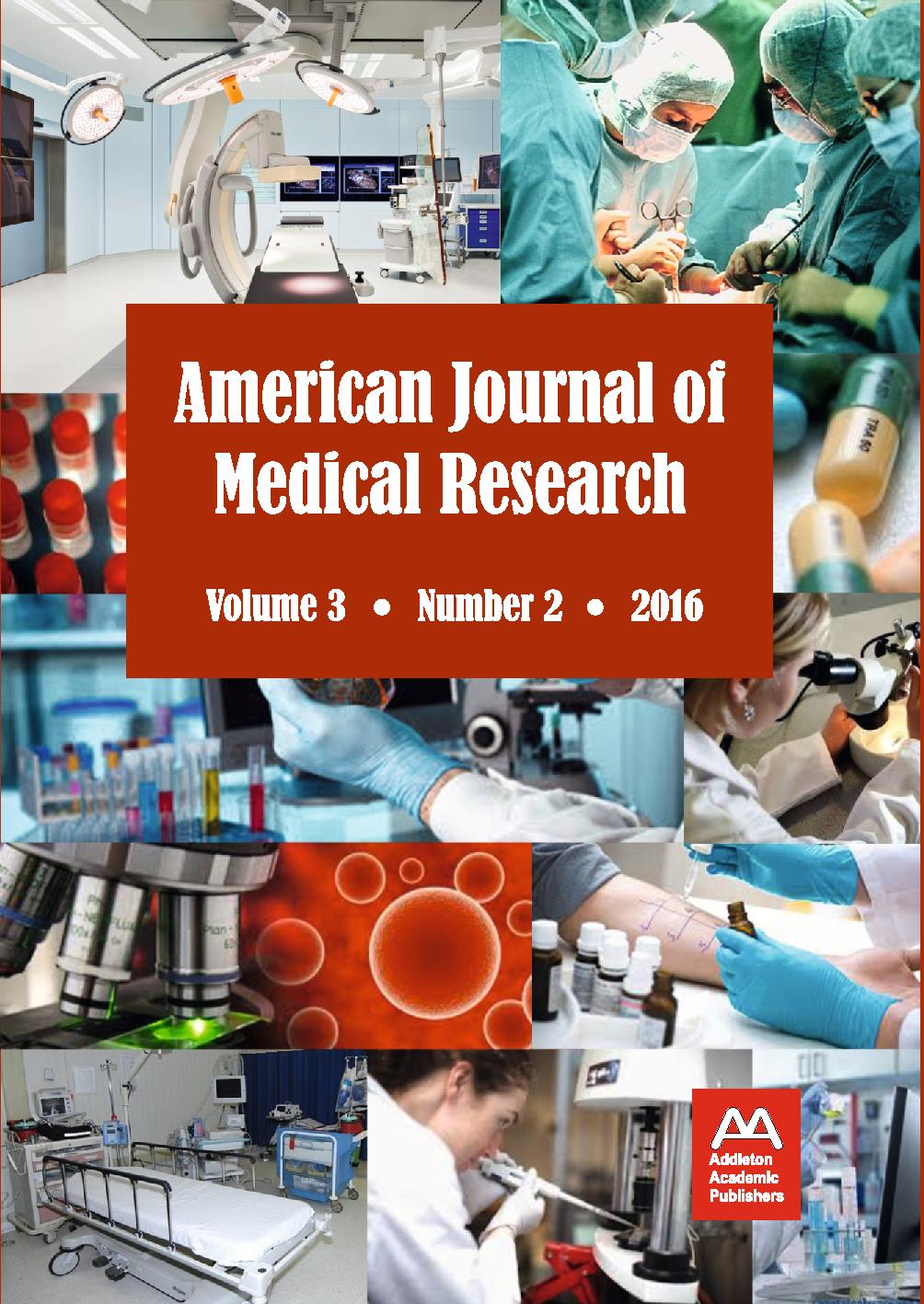LOW R&D EFFICIENCY IN LARGE PHARMACEUTICAL COMPANIES
LOW R&D EFFICIENCY IN LARGE PHARMACEUTICAL COMPANIES
Author(s): Erik Strøjer Madsen, Yanqing WuSubject(s): Health and medicine and law
Published by: Addleton Academic Publishers
Keywords: drug innovation; patents; R&D efficiency; company size-effects; M&A strategy; pharmaceutical R&D;
Summary/Abstract: Large pharmaceutical companies will face serious challenges in the future when several of their blockbuster drugs run out of patents, and meanwhile a growing political pressure to stop the fast increase in health care expenditures has emerged. The recent wave of mergers and acquisitions (M&A) within the industry can be seen as an effective means to reduce costs and compensate for the reduced earnings from patented drugs. The paper examines the main development in expenditure on research and development (R&D) and number of patents in the industry with a focus on the role of company size. The analysis builds on a data set containing information of both patents and R&D expenditure from the world’s top 90 largest pharmaceutical companies, as well as their account data from 2002 to 2013. The empirical part estimates the firm size effect on R&D efficiency and the amount of investment allocated to R&D. Fixed effects estimation models have been applied to control for differences in firm characteristics. We find significantly lower innovation activities in large companies with low innovation productivity as well. The M&A strategy of the large pharmaceutical companies may have been their wise move to catch up on new drugs and revenues.
Journal: American Journal of Medical Research
- Issue Year: 3/2016
- Issue No: 2
- Page Range: 141-151
- Page Count: 11
- Language: English
- Content File-PDF

